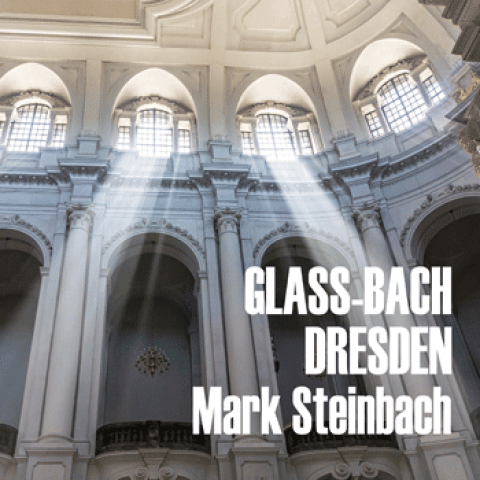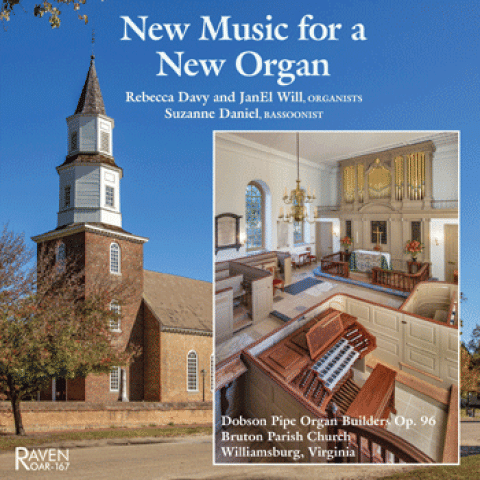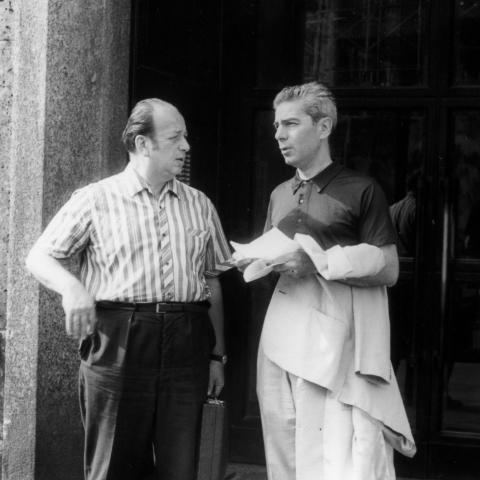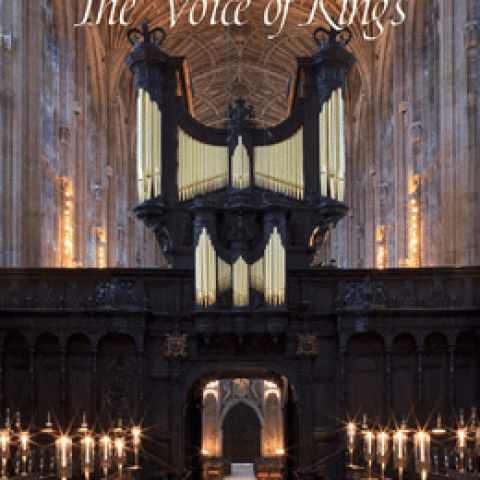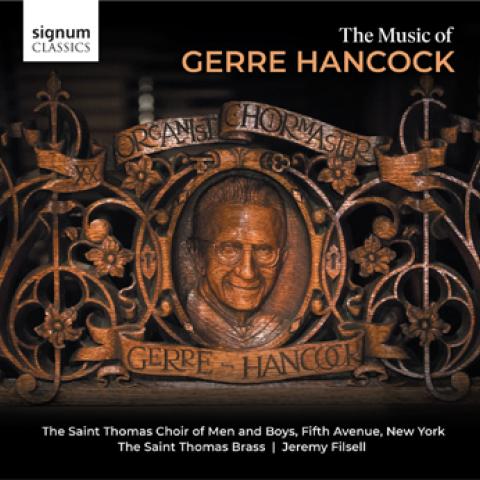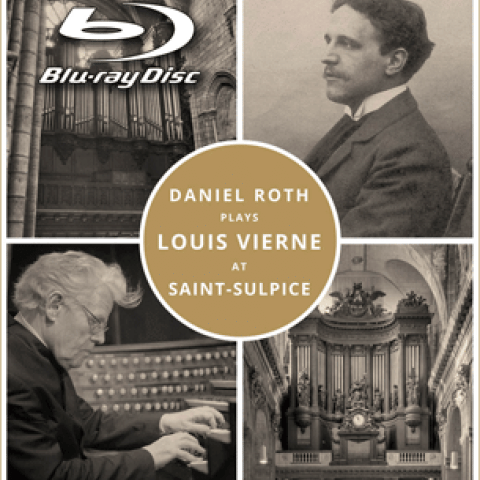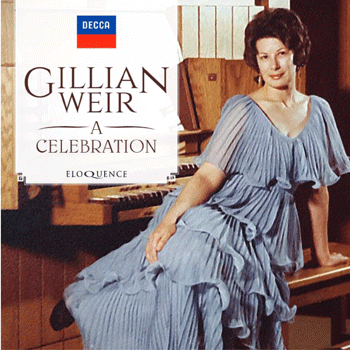
Decca announces a new organ recording.
Gilliam Weir: A Celebration (4841435) is a 22-CD collection of the recordings of Weir celebrating her 80th birthday this year, spanning her career of nearly five decades. It presents Weir’s complete Argo recordings, selected recordings on other labels, and ten discs of previously unpublished BBC radio broadcasts.
The first twelve CDs in the set are made up of studio recordings, and the remaining ten CDs comprise previously unpublished recordings of BBC broadcasts. (Note: the BBC recordings are not included on digital services for streaming or download.)
The set features sixteen organs from six countries and includes a booklet with informative introductions to the recordings, along with Gillian Weir’s reminiscences and anecdotes from the recording sessions and her encounters with composers such as Olivier Messiaen and William Mathias.
For information: eloquenceclassics.com
Other new recording releases:

